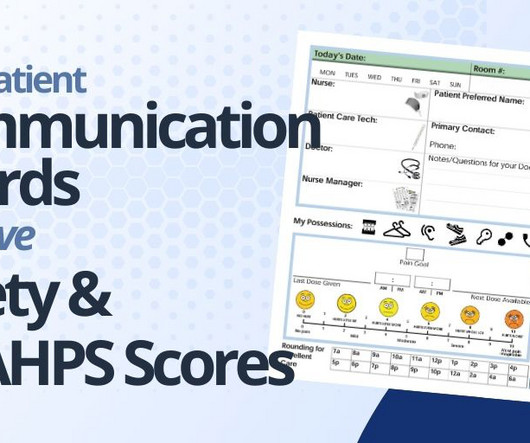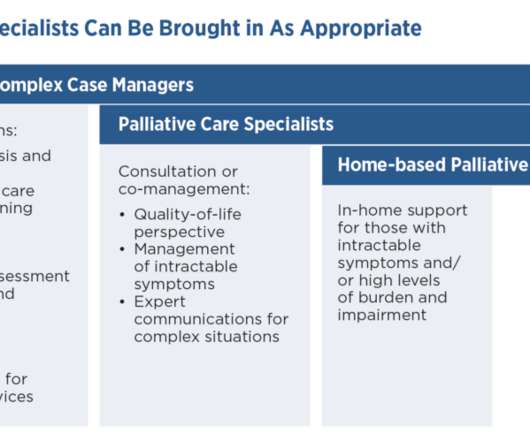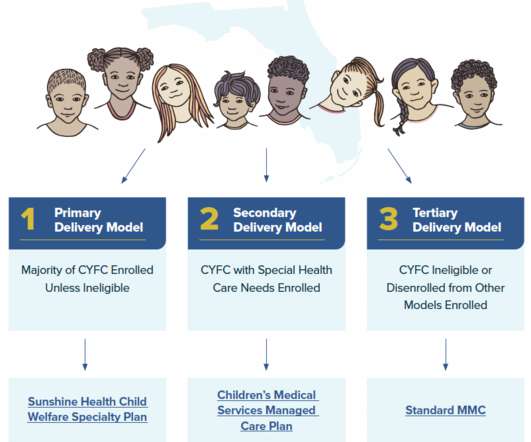What Hospital Success Looks Like Under Value-Based Care
HIT Consultant
JUNE 22, 2022
Hospitals are increasingly turning to value-based care initiatives to transform care delivery, lower the total cost of care, and improve patient outcomes. the number of patient visits), providers are reimbursed based on the quality of care delivered in value-based care. Reduce hospital admissions.



















Let's personalize your content